What GAP Has Accomplished
The Global Acupuncture Project, a nonprofit corporation that has been working in Uganda since 2003 and Mexico since 2013, promotes the adoption and use of acupuncture to reduce pain and suffering, improve quality of life, and help to instill a greater sense of hope. The core approach is to train healthcare providers how to use a simple, effective form of acupuncture and integrate it into the healcare facilities where they work.
In Uganda, GAP has coordinated with the Ministry of Health and provided trainings in government healthcare facilities in more than 10 districts, including Kisoro, Ibanda, Isingiro, Kyotera, Lyantonde, Mbarara, Masaka, Mukono, Mbale, and Luwero. GAP has now trained and certified as Acupuncture Protocol Specialists (APS's) more than 300 providers who now provide acupuncture in hospitals and health centers. They are very enthuiastic about and committed to acupuncture. This enthusiasm and commitment, and the Trainees' feeling of being unique in their own comunities, is fueled by the many positive repoprts from their patients.
On The Global Acupuncture Project has also visited Trainees where they practice to provide ongoing support and supervision and to enrich their skills and understanding of acupuncture. In addition, we work with the Trainees to ensure better integration of acupuncture into their facilities and the overall Ugandan healthcare system.
In Mexico, GAP has trained more than 50 health promoters and midwives in Tehuantepec, Salina Cruz, and San Cristobal de las Casas. This has been possible due to its collaboration with Doctors for Global Health, Vida Alternativa, CEPAFOS, the Obstetrical Acupuncture Association (Canada), and Luna Maya. The Trainees have often reported seeing profound responses to their treatments.
One Trainee wrote: "I am happy to share the case of a 28-year-old woman who came with shoulder pain and insomnia due to fear, a feeling that something was going to happen to her, with palpitations and a lot of sadness. I used the post-traumatic-stress [acupuncture] treatment.... Incredible, she bagan to cry and shared that as a child she had been raped by her uncles when she was 10 years old. I listened to her, and it was not an exaggerated cry. She was able to narrate it calmly, and she told me that she had never been able to say this anyone. She left without arm pain. She told me it was amazing as her pain had been as if she had a broken bone."
And, a GAP Trainee from Uganda wrote: "There was an old woman from Kisoro town. Three years ago she came to the clinic with arthritis. She was feeling depressed and anxious. Her edema and severe pain could not allow her to walk. She had come for a referral to Mulago National Referral Hospital for an orthopedic surgeon consult, but Dr. Michael Beganizi, then the Principal Medical Officer at Kisoro District Hospital, recommended she be seen at the acupuncure clinic. After three months of receiving acupuncture treatment, the woman, who initially had to be carried, was walking by herself with a walking stick. She had regained her ability to care for herself and her family of five. After six months, she was giving thanks in her local church."
From a small, remote village clinic, to a large hospital, wherever they work, all of the Trainees express their commitment to continuing to provide acupuncture and an eagerness to learn more. And the many patients, some of whom travel long distances to receive acupuncture, are an indication of the need for simple treatments than can provide much needed help.
Bringing acupuncture into healcare facilities in Uganda and Mexico has provided patients with effective, safe, and much needed treatments to support the other conventional treatments. Sometimes, the acupuncture treatments provide relief from symptoms and conditions that have not responded positively to other interventions. And, acupuncture can be used to ameliorate the side effects from medications and conventional therapies.
The work of GAP and its Trainees is having a very signifcant and positive impact on the health of the Ugandan and Mexican people. For more information about how to become a volunteer, go to www.globalacupuncture.org/involvement.html. (Continuing education credits are available for licensed acupuncturists.)


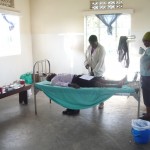

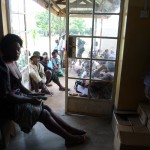
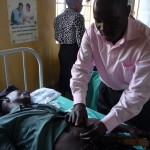
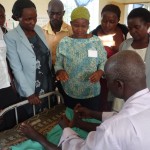
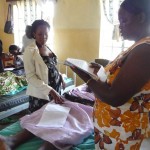
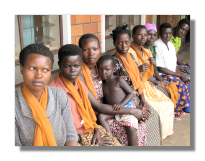

 113 Summit Avenue
113 Summit Avenue